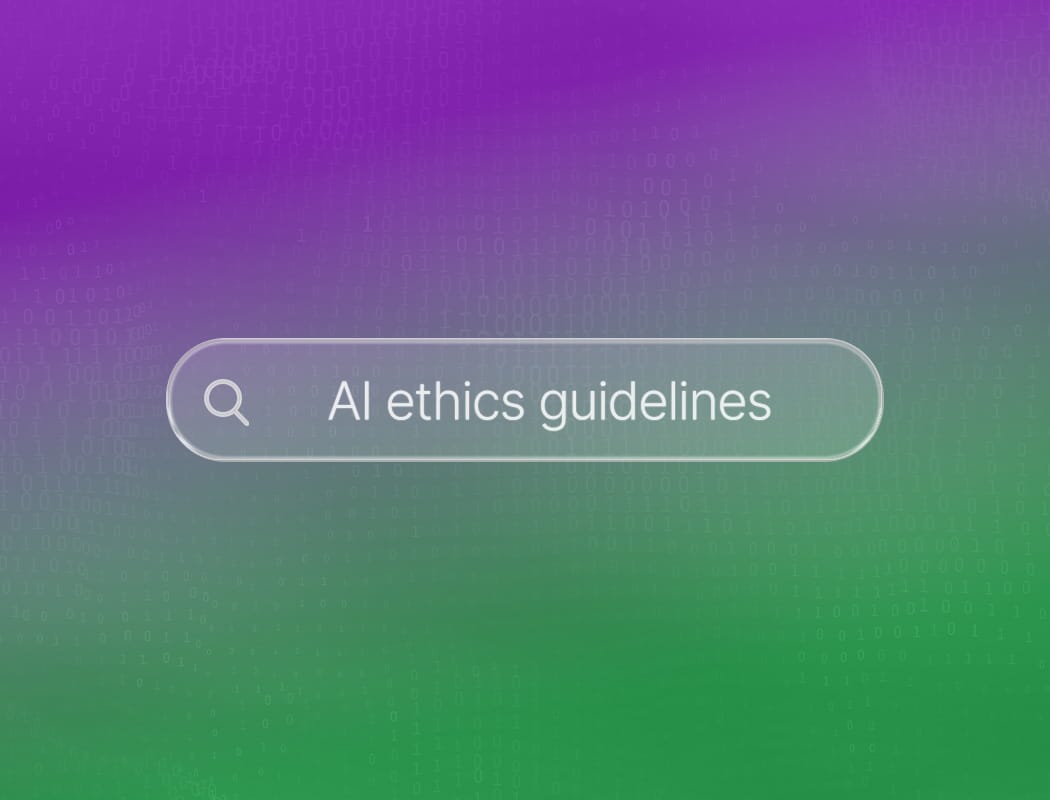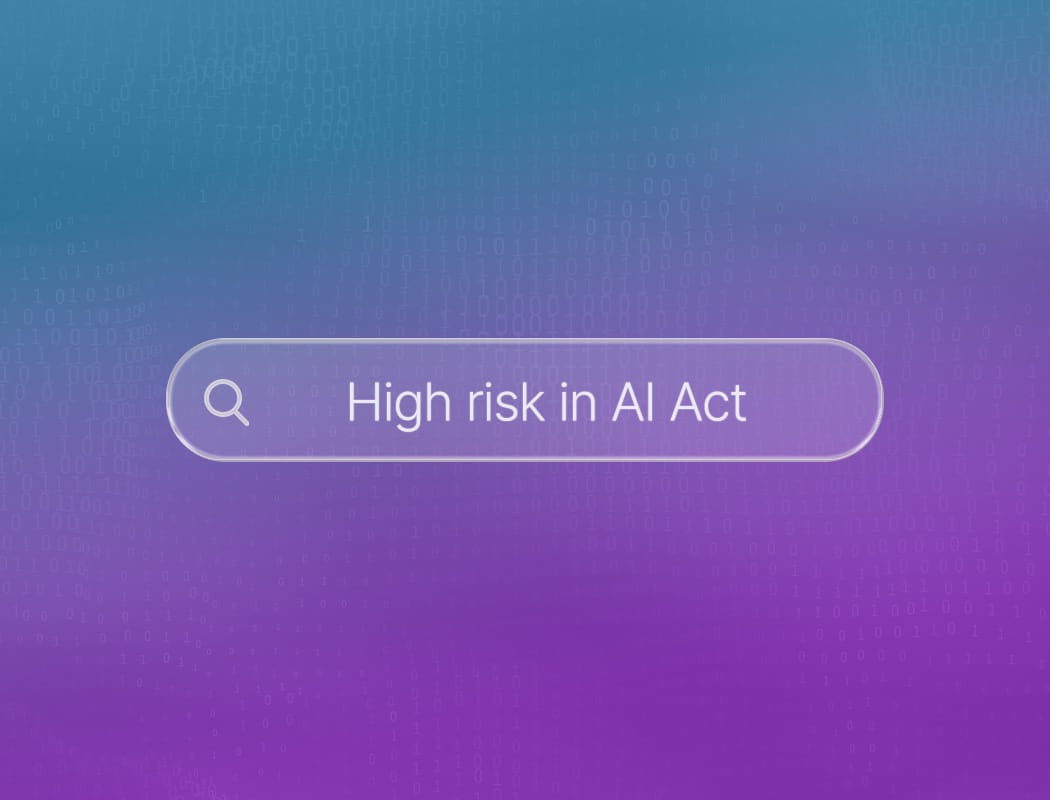What are AI ethics guidelines?
AI ethics guidelines are a set of principles that help people and organizations use artificial intelligence responsibly. These guidelines cover topics like fairness, transparency, privacy, and accountability.
They encourage developers to think about the impact their technology might have on individuals and society as a whole. By following AI ethics guidelines, teams can avoid bias, protect sensitive data, and make sure their AI systems are trustworthy.
The goal is to create technology that benefits everyone, not just a select few. As AI becomes more common, these guidelines become even more important for building trust and ensuring positive outcomes.
Which organizations create AI ethics guidelines?
AI ethics guidelines are not just a buzzword. They are the backbone of responsible innovation in artificial intelligence. But who actually sits down and writes these rules?
The answer is not as simple as you might think. A wide range of organizations, from governments to tech giants to academic groups, all play a part in shaping how AI should behave.
Each brings its own perspective, priorities, and expertise to the table. Let’s take a closer look at the main players behind the creation of AI ethics guidelines.
Government agencies
When it comes to setting the tone for ethical AI, government agencies are often the first to step up. These organizations have a unique responsibility to protect citizens and ensure that technology serves the public good.
In many countries, national bodies like the European Commission or the United States Department of Commerce have released their own sets of AI ethics guidelines. Their documents usually focus on big-picture issues such as privacy, fairness, transparency, and accountability.
Governments also work with international partners to create standards that cross borders, recognizing that AI does not stop at the edge of any one country. By establishing clear expectations, they help set the ground rules for everyone else to follow.
Industry groups and tech companies
Tech companies are at the heart of AI development, so it makes sense that they would want a say in how AI ethics guidelines are shaped. Major players like Google, Microsoft, and IBM have published their own principles for ethical AI.
These guidelines often address concerns specific to the industry, such as bias in algorithms or the need for explainable AI. Industry groups, such as the Partnership on AI, bring together multiple companies to collaborate on best practices.
Their goal is to create a shared understanding of what responsible AI looks like in practice. By working together, these organizations hope to build trust with users and regulators alike.
Academic institutions and research centers
Universities and independent research centers are another key source of AI ethics guidelines. These organizations approach the topic from a scholarly perspective, drawing on philosophy, law, computer science, and other disciplines.
Groups like the Berkman Klein Center at Harvard or the Leverhulme Centre for the Future of Intelligence in Cambridge produce detailed reports and frameworks.
Their work often explores the deeper questions behind AI, such as the impact on society or the moral responsibilities of developers. By grounding their guidelines in research, they provide a strong foundation for others to build on.
International organizations and non-profits
Finally, international organizations and non-profits play a crucial role in shaping global AI ethics guidelines. Bodies like UNESCO and the OECD work to create standards that can be adopted by countries around the world.
Non-profits such as the Future of Life Institute or Access Now advocate for ethical AI from a human rights perspective. These groups often focus on issues like inclusivity, safety, and the long-term risks of advanced AI systems.
By bringing together voices from different backgrounds, they help ensure that AI ethics guidelines reflect a wide range of values and concerns.
How do AI ethics guidelines impact technology development?
AI ethics guidelines shape the way new technology is built and used. These guidelines act as a compass, pointing developers toward choices that respect privacy, fairness, and transparency. Without them, technology can easily drift into murky waters, where bias and misuse become real threats.
By setting clear expectations, AI ethics guidelines help teams avoid pitfalls before they happen. They encourage open conversations about what is right and what is risky. In this way, these guidelines are not just rules, they are the foundation for trust between creators and users.
Building trust through transparency
When companies follow AI ethics guidelines, they show their commitment to doing things the right way. This means being honest about how data is collected and used. It also means explaining how decisions are made by algorithms.
Users want to know that their information is safe and that the technology will not harm them. By making processes transparent, organizations build stronger relationships with their customers.
Driving innovation with responsibility
AI ethics guidelines do more than prevent mistakes, they inspire better solutions. When developers are encouraged to think about fairness and accountability, they create products that serve more people, not just a select few.
Responsible innovation leads to smarter, safer technology. Teams are pushed to consider long-term impacts, not just short-term gains.
In the end, following these guidelines helps technology move forward in a way that benefits everyone, creating a future where progress and ethics go hand in hand.
What are the key principles found in AI ethics guidelines?
AI ethics guidelines are built on a handful of key principles that show up again and again, no matter where you look. If you want to understand how AI can be both powerful and responsible, you need to know what these principles are and why they matter.
Transparency and accountability
Transparency is about making AI systems understandable. It means you should be able to see how decisions are made, even if you’re not a data scientist. This could mean clear documentation, open communication, or even visual explanations of how an algorithm works.
When people know what’s happening behind the scenes, they’re more likely to trust the technology. Accountability goes hand in hand with transparency. Someone has to take responsibility when things go wrong. That means organizations need to set up processes for monitoring, auditing, and correcting mistakes.
If an AI system makes a bad call, there should be a clear path to fix it and learn from it. These two principles work together to make sure AI doesn’t become a black box that nobody understands or controls.
Fairness and human-centered values
Fairness is about making sure AI treats everyone equally. This means actively looking for and removing bias in data and algorithms. If an AI system is used for hiring, lending, or healthcare, it must not discriminate based on race, gender, or any other factor.
Human-centered values remind us that AI should serve people, not the other way around. This includes respecting privacy, protecting individual rights, and ensuring that AI supports human well-being. By focusing on fairness and human values, AI becomes a tool that lifts everyone up, rather than leaving some people behind.





